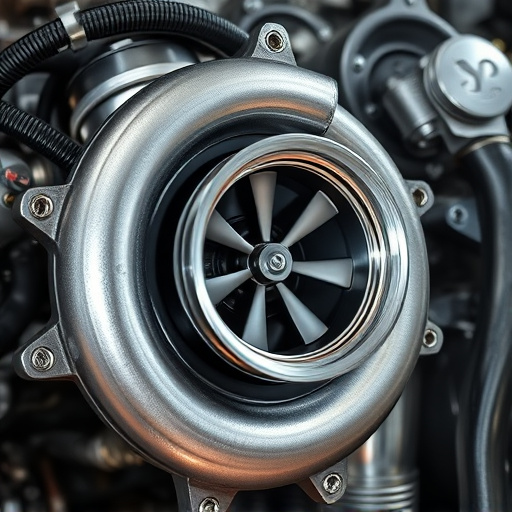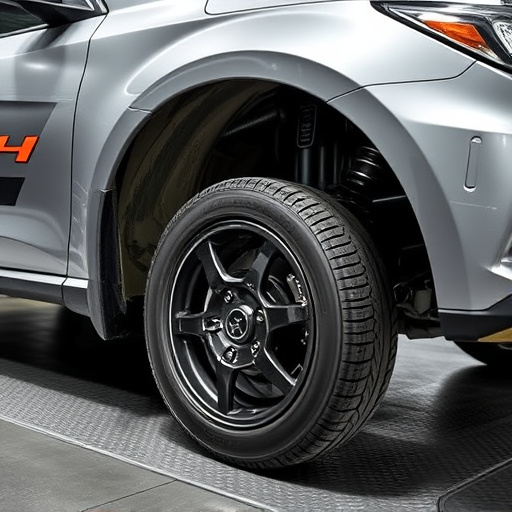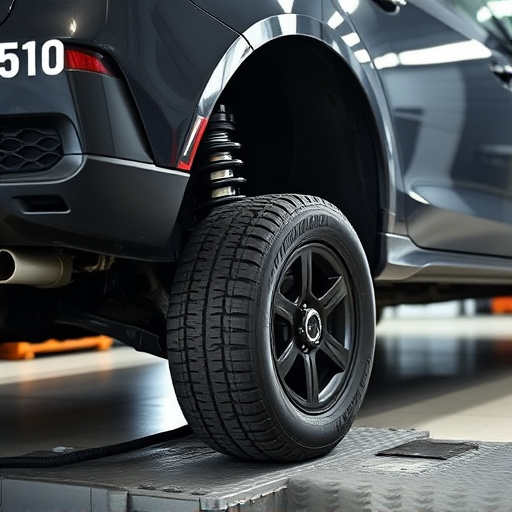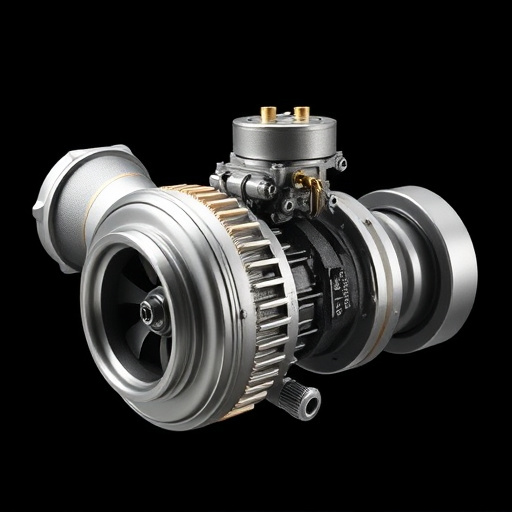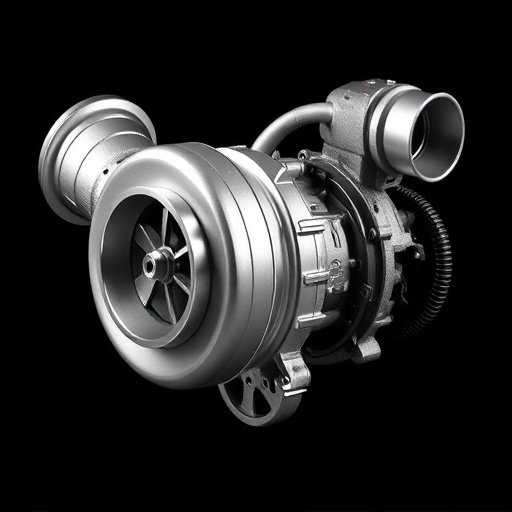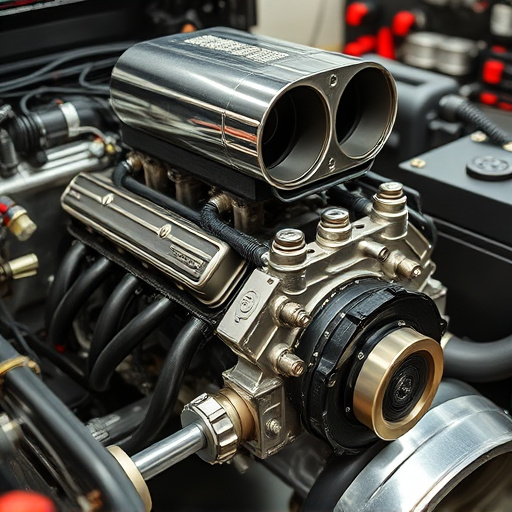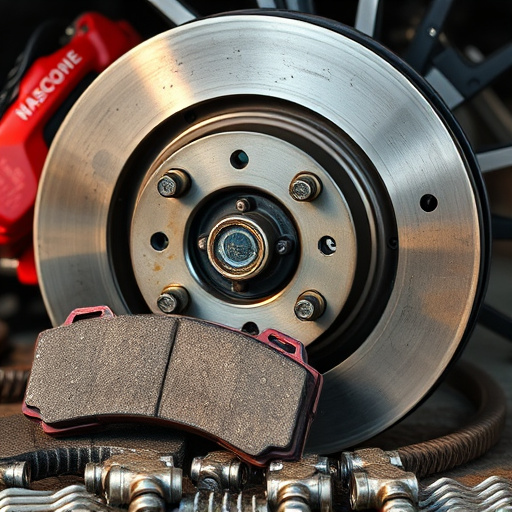Understanding and locating key engine components (cylinder block, crankshaft, valves, spark plugs, camshafts, timing belts) is crucial for vehicle maintenance. Regular checks for leaks, wear patterns, rust/corrosion on these parts ensure optimal performance and safety.
Unraveling the mysteries of your vehicle’s engine is a crucial step in maintaining peak performance. This comprehensive guide will walk you through the process of identifying key engine components, enabling you to become an empowered driver. We’ll start by demystifying essential parts and their functions, then provide a step-by-step tutorial for location identification. Learn to recognize signs of wear and tear to ensure timely maintenance. By understanding these engine components, you’ll foster a healthier, more efficient engine.
- Understanding Engine Basics: Essential Parts Explained
- Locating Critical Components: A Step-by-Step Guide
- Recognizing Wear and Tear: Signs of Trouble Ahead
Understanding Engine Basics: Essential Parts Explained
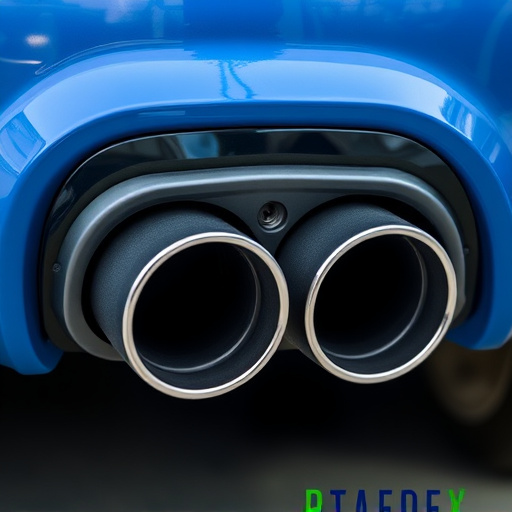
Understanding the basic components of your engine is crucial for maintaining optimal vehicle performance. At the heart of every engine lies a complex interplay of parts designed to convert fuel and air into mechanical energy. Among these, the cylinder block houses the cylinders, forming the foundation for smooth operation. Connected to it is the crankshaft, which transforms the reciprocal motion of the pistons into rotational force, driving the vehicle’s wheels.
Valves play a pivotal role in controlling the flow of air and fuel into the engine, while the spark plug ignites the mixture, releasing energy in a controlled explosion that propels the piston downward, generating power. Other essential components include the camshaft, which opens and closes valves at precise intervals, and the timing belt (or chain), ensuring synchronization between the crankshaft and camshaft for efficient operation. Air intake systems and performance exhaust contribute significantly to vehicle performance by optimizing airflow and minimizing restrictions.
Locating Critical Components: A Step-by-Step Guide
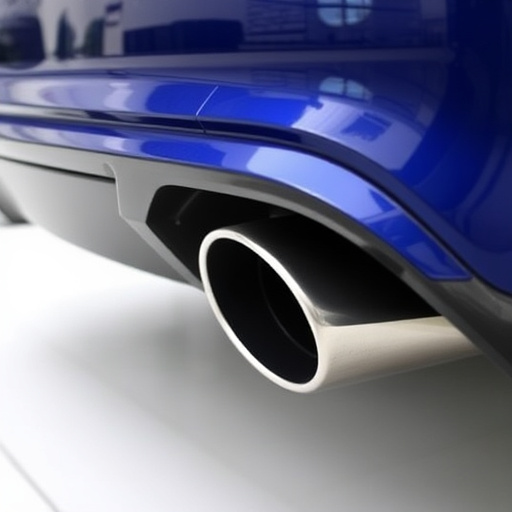
Locating critical engine components is a crucial skill for any vehicle owner to possess, as it enables efficient troubleshooting and maintenance. The first step is to familiarize yourself with the general layout of your engine bay. Start by identifying the major sections—the block (which houses the cylinder(s)), heads (attached to the block and containing valves), and crankshaft. These are the backbone of the engine. Next, locate the exhaust mufflers, often positioned at the rear of the vehicle; they reduce noise and direct exhaust gases away from the driver.
Then, move your inspection to essential systems like the cooling components (radiator, thermostat, water pump), fuel system (fuel tank, injectors, pump), and brake rotors— vital for slowing down the vehicle. The cat back exhaust, which is a part of the exhaust system that connects to the mufflers, should also be easily identifiable. Remember, understanding where these components reside is half the battle; regular maintenance and timely repairs ensure your vehicle’s engine continues to run smoothly.
Recognizing Wear and Tear: Signs of Trouble Ahead
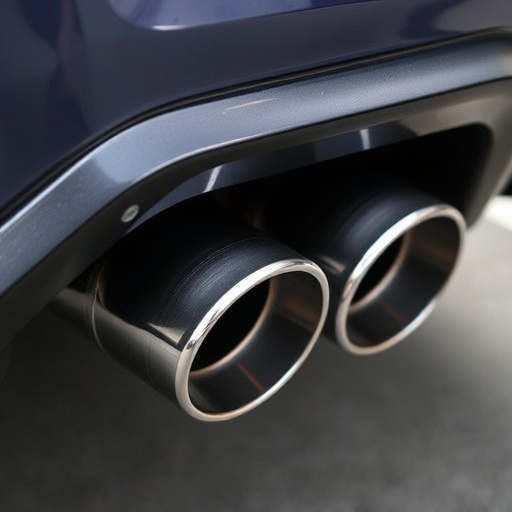
Regularly inspecting your vehicle for signs of wear and tear can help identify potential issues early on, saving you time and money in the long run. One of the first places to look is under the hood—specifically, at your engine components. Over time, these parts naturally experience a certain level of degradation, but excessive wear could indicate a problem. For instance, check for any leaks around oil pans, coolant reservoirs, or the engine block. Leaks often point to seal or gasket issues that might require attention.
Another visible indicator is the condition of your brake rotors and tires. Uneven wear patterns on these components can signal alignment problems or even more severe issues with steering or suspension. Moreover, examining the state of your cold air intakes, cat back exhaust systems, and other external parts can also give clues about potential troubles ahead. Look for rust, corrosion, or damage—all signs that could indicate a need for replacement or repair, ensuring your vehicle’s optimal performance and safety.
Identifying key engine components is crucial for maintaining your vehicle’s performance. By understanding the basics, locating critical parts, and recognizing signs of wear and tear, you can navigate your car’s inner workings like a pro. Remember, regular attention to these engine components ensures smoother driving, prevents costly repairs, and keeps your vehicle in top shape.







